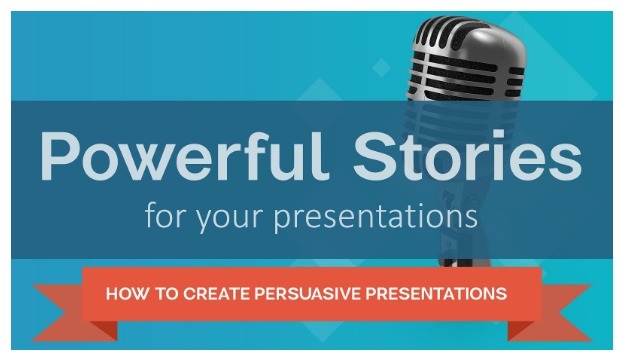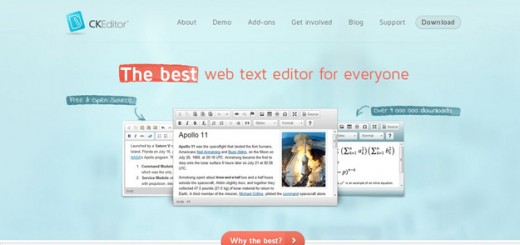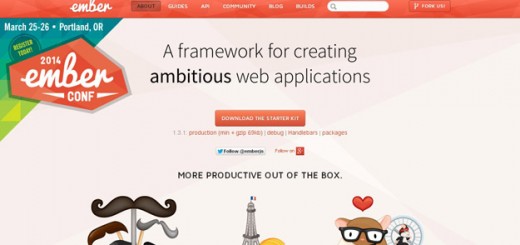By now, we all certainly know how effective is storytelling for our presentations. But, when it comes to the art of storytelling, it can be said that the same is not a piece of a cake. To blend your presentations with noteworthy stories, you must scrutinize first what type of message are you implying to convey. Secondly, you must trim the story in the most lucid and relevant way, consider which parts are you going to include & vice-versa.
People generally complain about how boring PowerPoint presentations are, there might be a case that we were doing it all wrong. When storytelling is integrated into the presentation, they literally act like a soul. The type of soul which can be used as an effective tool to woo the audience. Now that you’ve selected a story, how to deliver it? Today, we’ll talk about the 7-step formula for catering your presentation goals with engaging storytelling experience.

Steps for creating and engaging story for your presentation.
1. Finding the Focal Points
When we talk about focal points, we imply that as a presenter you shouldn’t start by simply opening your presentation out of nowhere. One of the best things which you can do is thinking about the associated narrative. You must stress upon the title which you’re going to use. You might also stress the type of key messages you wish to convey! Most importantly, as mentioned earlier, story selection is what will drive your journey. Take a piece of paper and answer these questions till you find a suitable narrative. Identify the focal points, you might also consider characters and make them focal points. In other words, if you’re presenting about any new product or service, you can consider people who have helped to create the product as the character in your story. The american press institute suggests 4 questions to find a focus for your story which can help you with the task.
2. More Visual, Fewer Words
It is obvious that a fruitful presentation deck is expected to feature a higher magnitude of pictures as compared to ordinary text. Now, when we blend storytelling with a presentation, one must consider compiling photos, interesting animations and professional transitions that blend within the presenters speech. In other words, images which will be used for the presentation must support the narrative to its core. Using high-quality images and ready-to-use templates is highly advisable. Using images as a structure where your insights rest is your hotshot. Let the narrative glue the bits and pieces of the topic.
A beginning is required to set the motion and introduce a problem or an undesired state. Then try to make the problem a conflict i.e. a real issue. In the end, try to solve the conflict and provide futuristic insights. This is how you’ll win hearts of your audience in the conference room. If visuals and designs are not your strongest skill make use of professional PowerPoint templates to bootstrap your deck.
3. Before You Open PowerPoint
Always remember that a storytelling appeal for your presentation will be more memorable than just any random lecture. To achieve a memorable experience, you can consider visualizing your deck. You must try to draw whatever you might feel on a notepad or a piece of paper and collect the ideas running through your mind. Developing compelling visuals can only happen once you know what needs to be done.
Even if the topic is too boring, using creative cartoons can at least make people look at your work. Using consistent as well as memorable visuals can add grandeur to your presentation as well as the story. Looking forward to adding some humour and visualizing the abstract concepts? Well, graphics are your real partner in that scenario. Remember, it’s all about supporting your story which encompasses both, a conflict and a solution!
4. Setting-Up The Stage for Present & Future Goals
When it comes to mapping out the future, you can simply consider a story which begins from where are the things now & where you want to take them in near future. This can set the stage for the rest of your presentation. You might take the present scenario for an undesired state for you or the company. Then you must strive to make the flow to attain a desirable goal, of course, about which the people really care. Describing the future and where the things might rest is an art. Painting a picture is done by catering everyone’s expectations and needs. Transformation in your story rests on the unmet ends! Knowing the ‘Why’ is what will help you move mountains with your story and what will keep your audience engaged. As Simon Sinek says the “Why?” is that inspires action.
5. Find an Interesting Metaphor
What would be better than a real metaphor with which your audience can relate to? This step requires finding a thing in your presentation with which your audience is already familiar. Just like a spawning salmon which has to struggle and pave its way upstream, you must try to relate your story with a metaphor. Choosing your metaphor is crucial as you might inherit unwanted negativity as well. Well, metaphors are the real anchors of your story. They can help to engrave the story as well as the presentation content in the minds of your audience. Hence, hard to explain concepts can be taught to masses in no time, easy right? Metaphors are powerful, but you need to stay on top of your speech skills. If you think you could use some practice, consider signing up for an online public speaking workshop.
6. Making The Masterpiece
Now that everything is sorted, you know the narrative, you have the graphical resources, you can go ahead and make your memorable presentation from scratch. Be generous with the sketches and cautious about the amount of text. You can also take graphical reference from SlideModel.com for aiding your endeavours further. You can get your hands on some of the office suited templates which can surely support the narrative. There might be a case that you don’t have the eye for the pixel-perfect design, don’t worry, you can consider taking help of a professional as well.
7. Showing the Audience
We all can agree on one fact that seeing is believing. This is where visual imagery comes and play a vital role. You can consider showing any physical object to your audience in between the presentation after you have the hold of their attention. Physical objects are the best way to grab extra attention and support the narrative of your story. What comes as a fascinating fact is that this aspect can help you connect your audience emotionally with the presentation.




